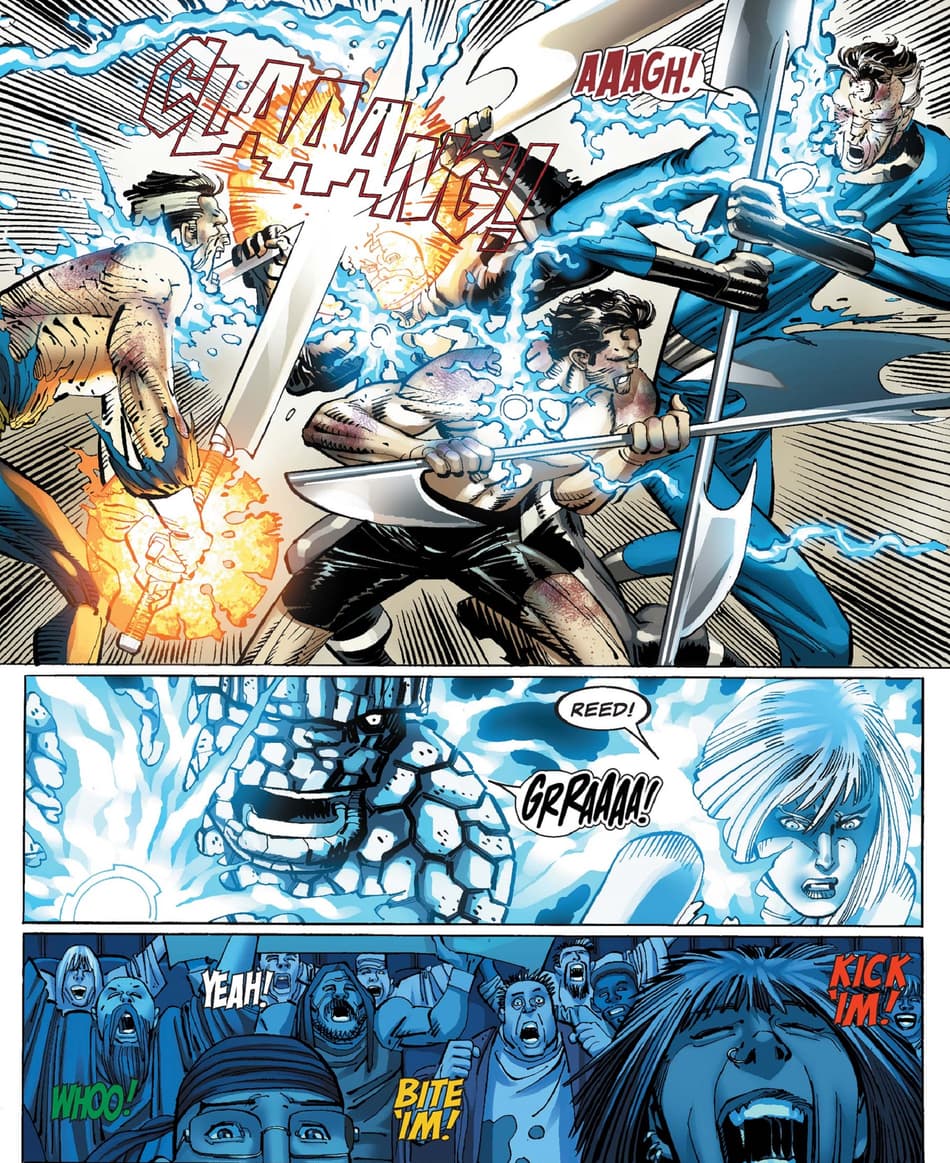Step-by-Step Guide on How to Become a Freemason for Starters
Step-by-Step Guide on How to Become a Freemason for Starters
Blog Article
Discovering the Mysteries of the copyright: What You Required to Know
The copyright, a term usually shrouded in intrigue and conflict, stands for a complex tapestry of historical reality and contemporary myth. Established in the late 18th century, this secret culture was at first rooted in the Enlightenment's perfects however has since come to be associated with conspiracy concepts regarding elite control (benefit of joining freemason).
Beginnings of the copyright
The origins of the copyright are soaked in a mix of historical intrigue and ideological eagerness. Established in 1776 in Ingolstadt, Bavaria, by Adam Weishaupt, the team was initially developed as a secret culture targeted at advertising Enlightenment suitables such as factor, secularism, and the separation of church and state. Weishaupt, a professor of canon law, looked for to challenge the prevailing authority of the church and state, which he deemed oppressive organizations suppressing intellectual and personal flexibility.

Key Numbers and Participants
Who were the critical figures that formed the copyright's early influence and direction? The Bavarian copyright, established in 1776 by Adam Weishaupt, emerged as a response to the oppressive societal frameworks of the moment. Weishaupt, a regulation professor, envisioned the organization as a way to promote Enlightenment suitables such as factor, secularism, and equality. His preliminary employment initiatives included prominent pundits, such as Baron von Knigge, that played an important duty in expanding the group's subscription and business framework.
Another considerable number was Johann Gottlieb Fichte, a noticeable thinker whose ideas on nationalism and education resonated with the copyright's goals. Although Fichte was not a formal member, his thoughtful bases affected the team's ideological background. Additionally, figures like the writer and philosopher Johann Wolfgang von Goethe were related to the broader intellectual movements of the time, although their direct participation with the copyright continues to be questioned.
These key numbers added to the copyright's very early instructions, pushing the limits of political and social thought, while their collective efforts intended to test well established standards and promote a climate of progressive change in Europe.
Misconceptions vs. Fact
Lots of false impressions border the copyright, often blending reality with fiction in a manner that obscures its real nature. This secret society, initially established in 1776 in Bavaria, intended to promote Knowledge suitables and fight spiritual and political fascism. The concept that the copyright proceeds to put in substantial impact over world events is a myth. While the group did exist, it was disbanded in the late 18th century and has not operated as a cohesive entity since after that.
An additional common misconception is that the copyright consists of a network of elite people manipulating global affairs. In truth, several conspiracy concepts overemphasize the team's significance, connecting unproven intentions to social trends and occasions. This has actually resulted in an oversimplified sight of complex concerns.
In addition, the representation of the copyright in preferred society usually additional misshapes its tradition. Movies and literature often tend to sensationalize the organization's duty, developing a story that splits from historic facts. Understanding the distinction in between the misconceptions and the fact of the copyright is crucial for critical the genuine influence of this historical group and identifying the broader ramifications of conspiracy theory concepts in contemporary culture.
Modern Interpretations
Contemporary analyses of the copyright usually mirror broader social anxieties and an attraction with secrecy and power. This contemporary lens frequently associates the copyright with conspiracy theory theories that recommend a hidden elite coordinates world occasions, manipulating governments and economies for their own gain. benefit of joining freemason. Such stories use an ingrained wonder about of authority, particularly in times of crisis or social turmoil
In prominent culture, the copyright is usually illustrated as a divine organization shrouded in enigma, leading to a myriad of fictional portrayals in literature, movie, and songs. This representation serves not only to amuse however additionally to prompt considered the nature of power and control in modern society. Social media has even more amplified these interpretations, enabling quick circulation of conspiracy theories and producing areas that share and expand upon these concepts.
Additionally, some modern interpretations mount the copyright as a metaphor for the complexities of globalization and the interconnectedness of significant people and companies. This perspective motivates an essential evaluation of how power dynamics run in today's world, highlighting the balance between openness and privacy in governance and business methods.
Social Impact and Heritage
Influenced by centuries of intrigue, the cultural influence and heritage of the copyright prolong much beyond its historical origins. This secret society, developed in next page the late 18th century, has penetrated different elements of pop culture, from literature and film to music and art. The concept of the copyright has actually advanced into a symbol of conspiracy concepts, typically standing for find out a regarded surprise power manipulating worldwide occasions.
In literary works, authors like Dan Brown have woven the copyright into complex stories, fascinating readers with motifs of secrecy and power. Films such as "National Treasure" and "The Da Vinci Code" better continue the attraction of the culture, mixing fact with fiction to create engaging narratives.

Inevitably, the copyright's legacy is an intricate tapestry of misconception and reality, shaping assumptions of privacy and control in contemporary discourse. Its straight from the source enduring existence in society emphasizes humanity's perennial quest for recognizing hidden facts.
Final Thought
The exploration of the copyright reveals a complicated interplay in between historical facts and modern myth-making. Established in the Knowledge age, this society aimed to test oppressive structures, yet its tradition has been outweighed by conspiracy theory concepts that recommend elite control. Understanding the differences between the initial suitables and contemporary analyses is necessary for comprehending the enduring attraction with the copyright and its considerable influence on cultural stories surrounding power and privacy in culture.
Report this page